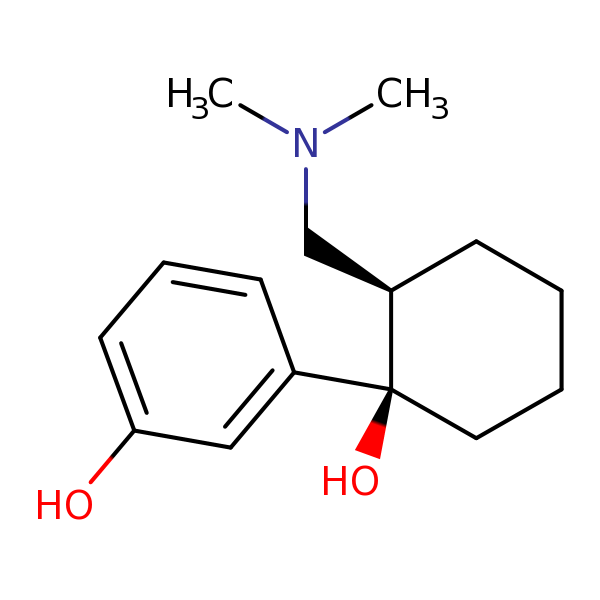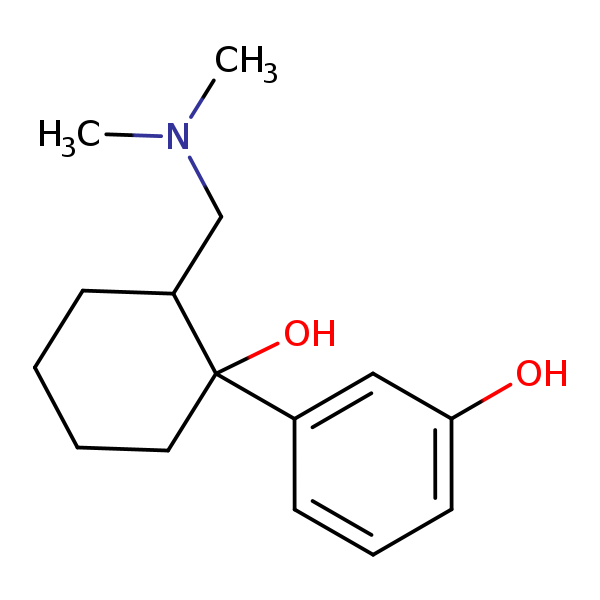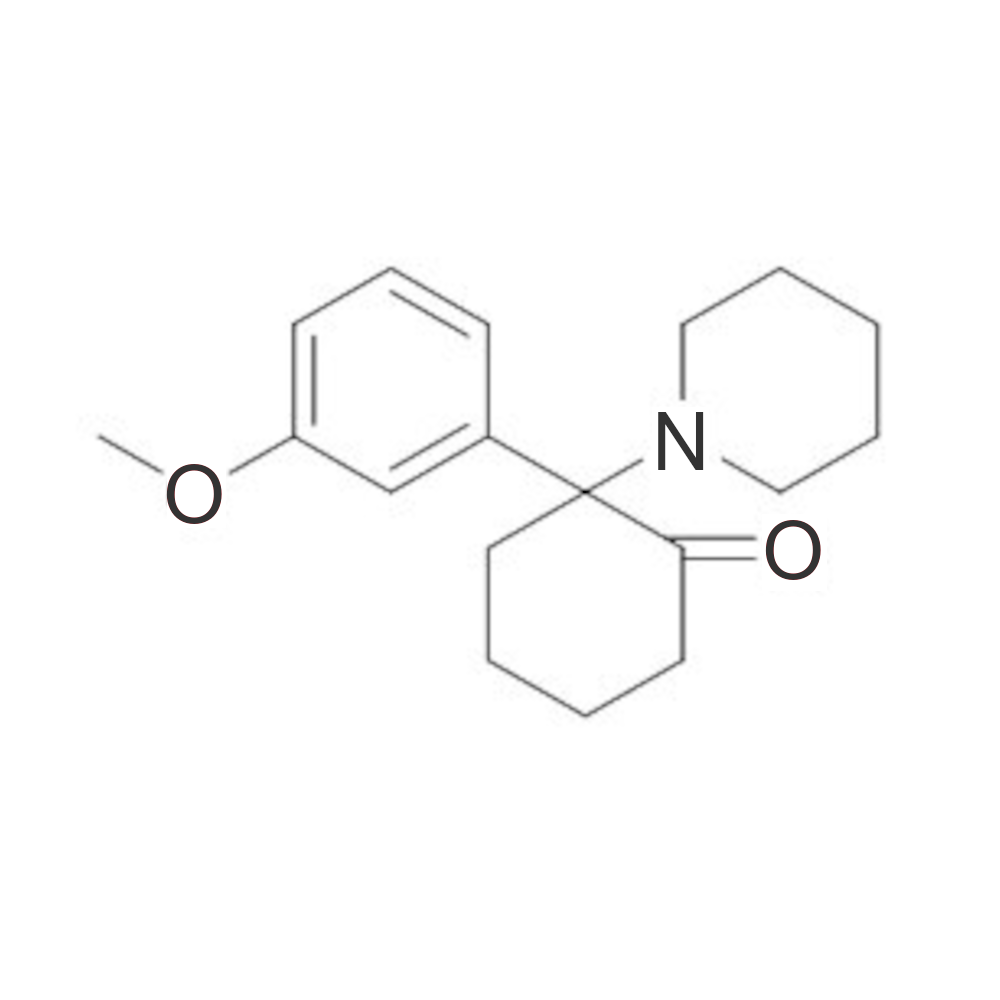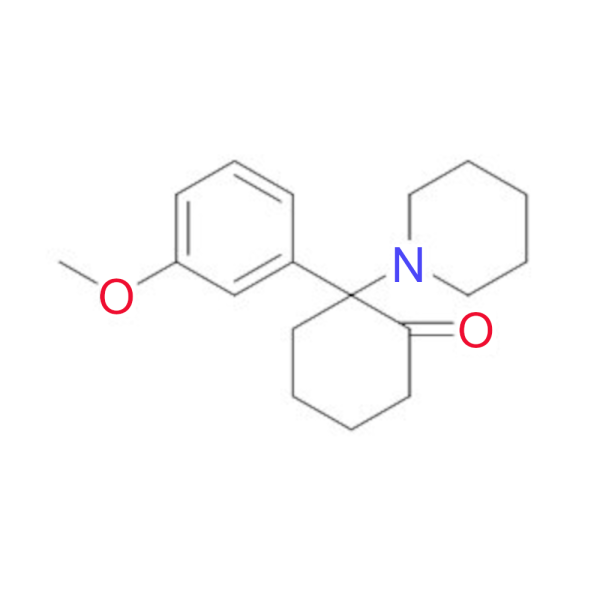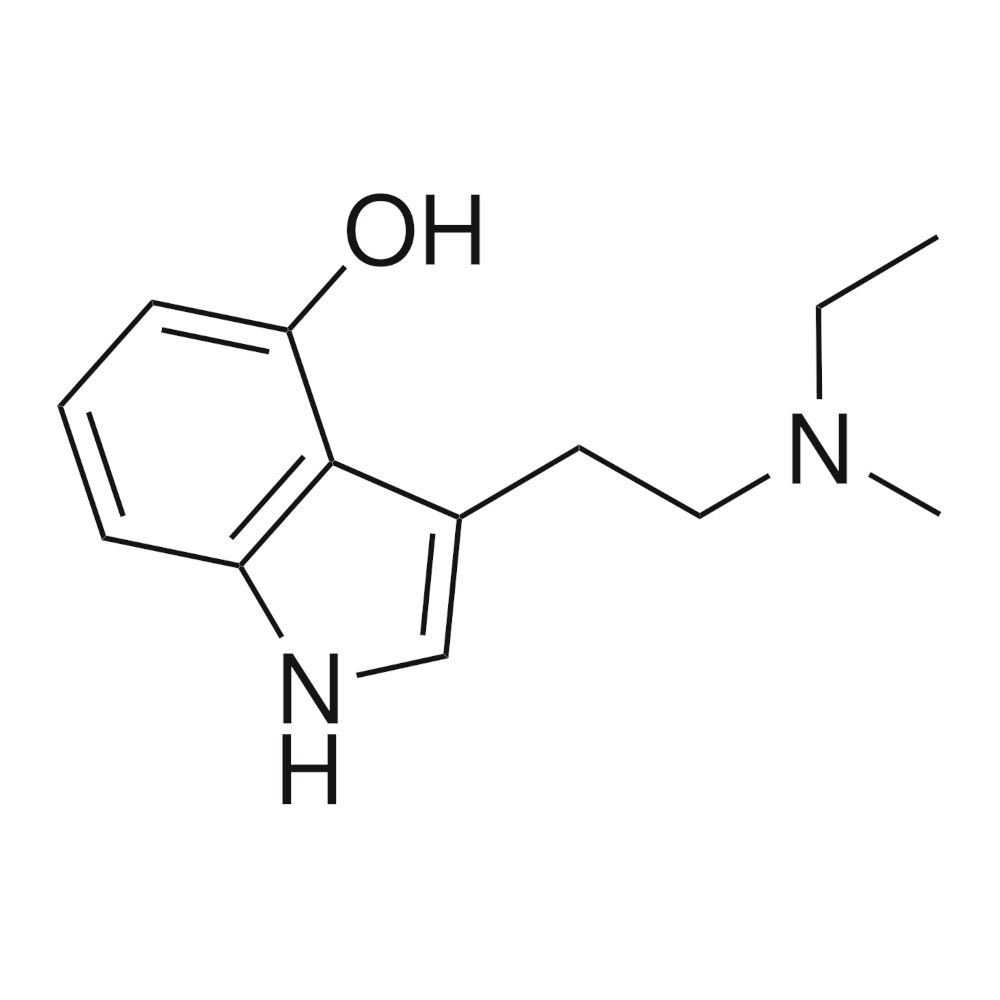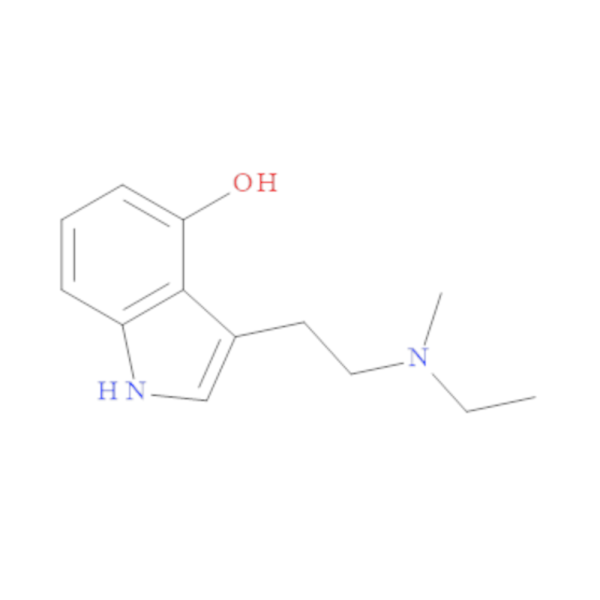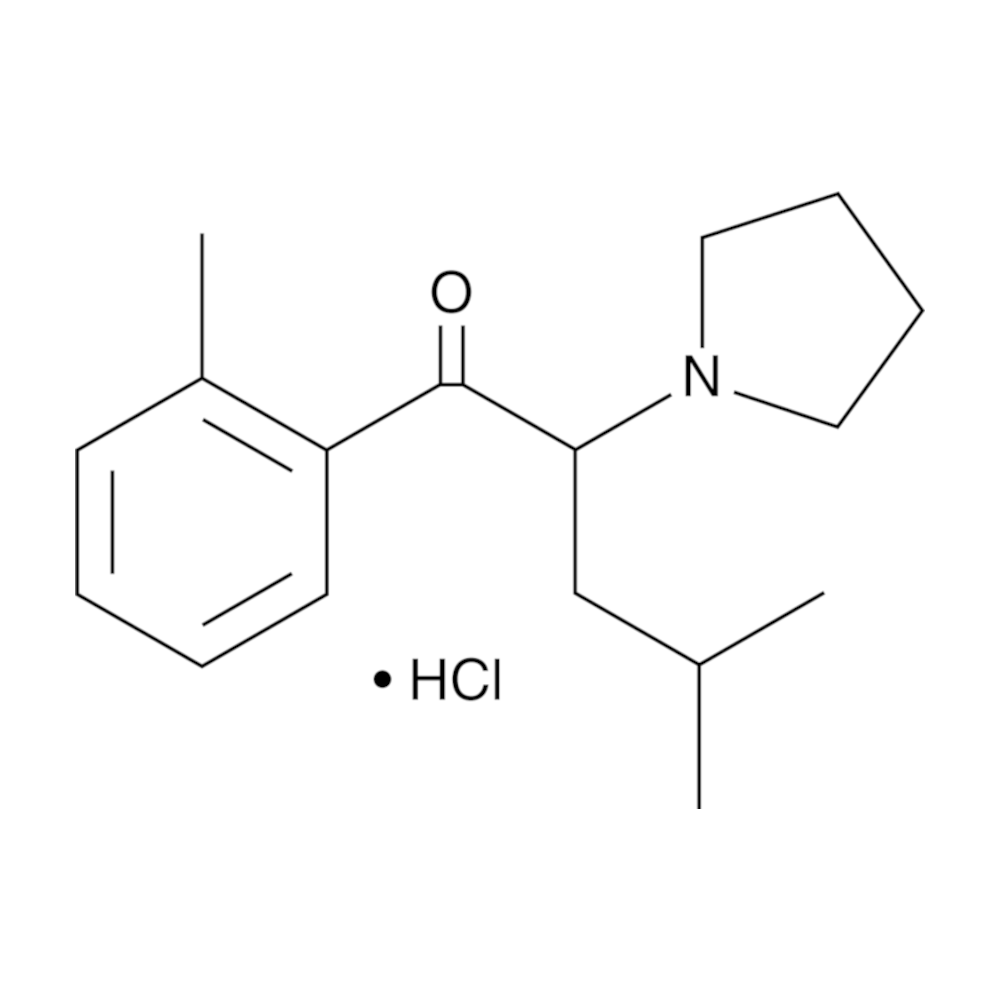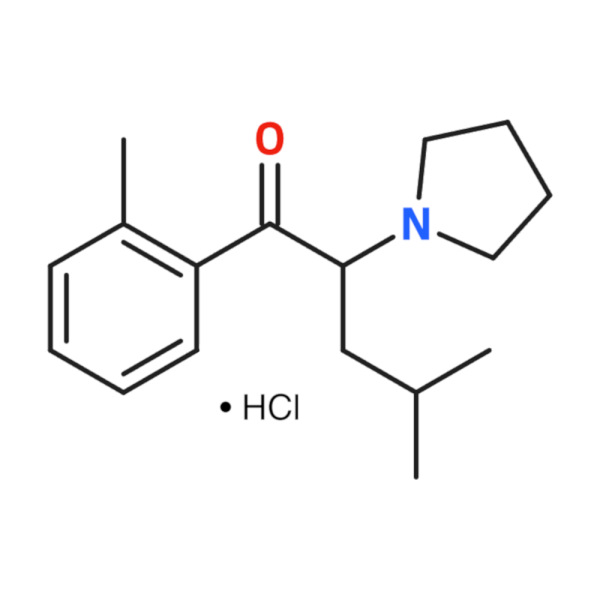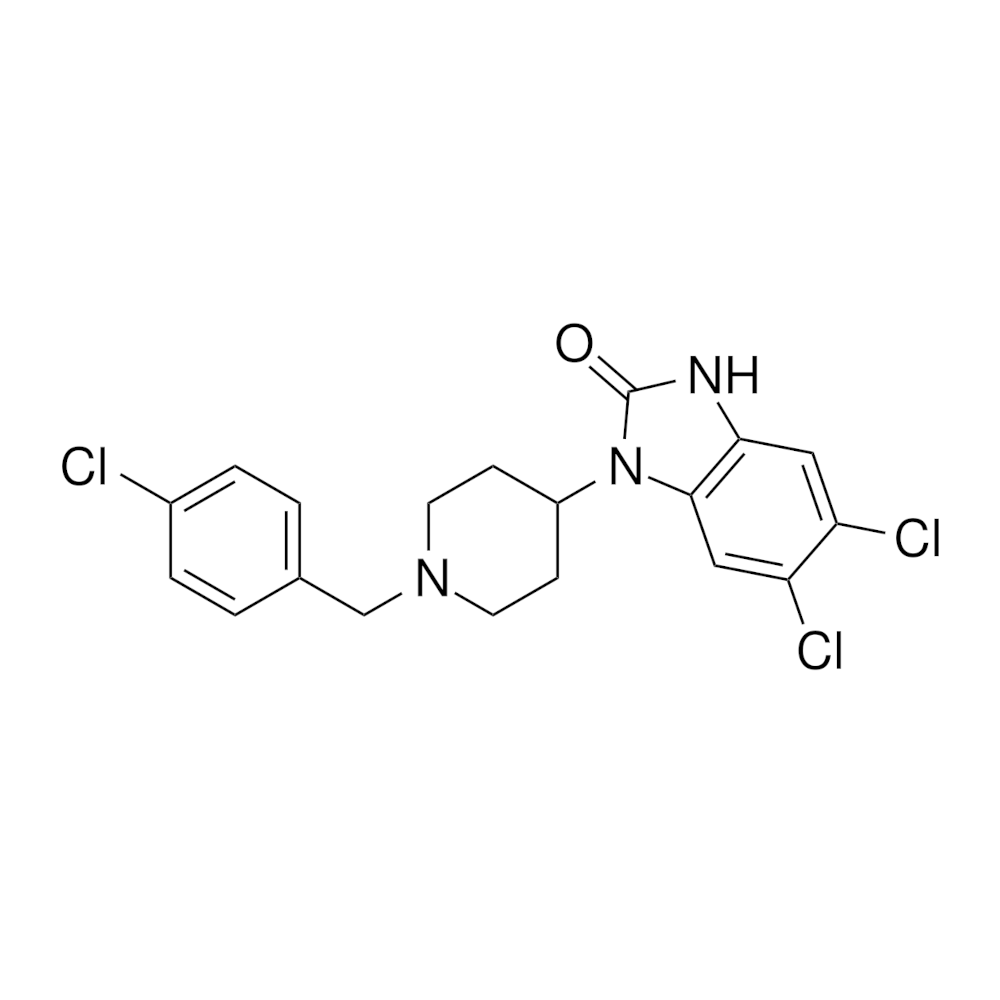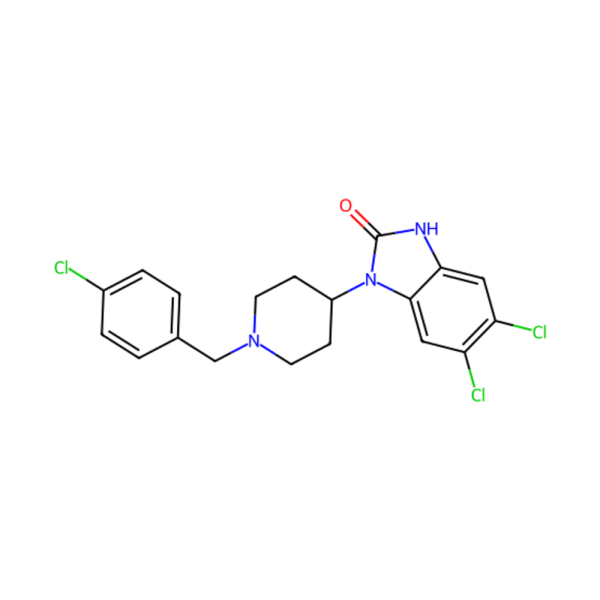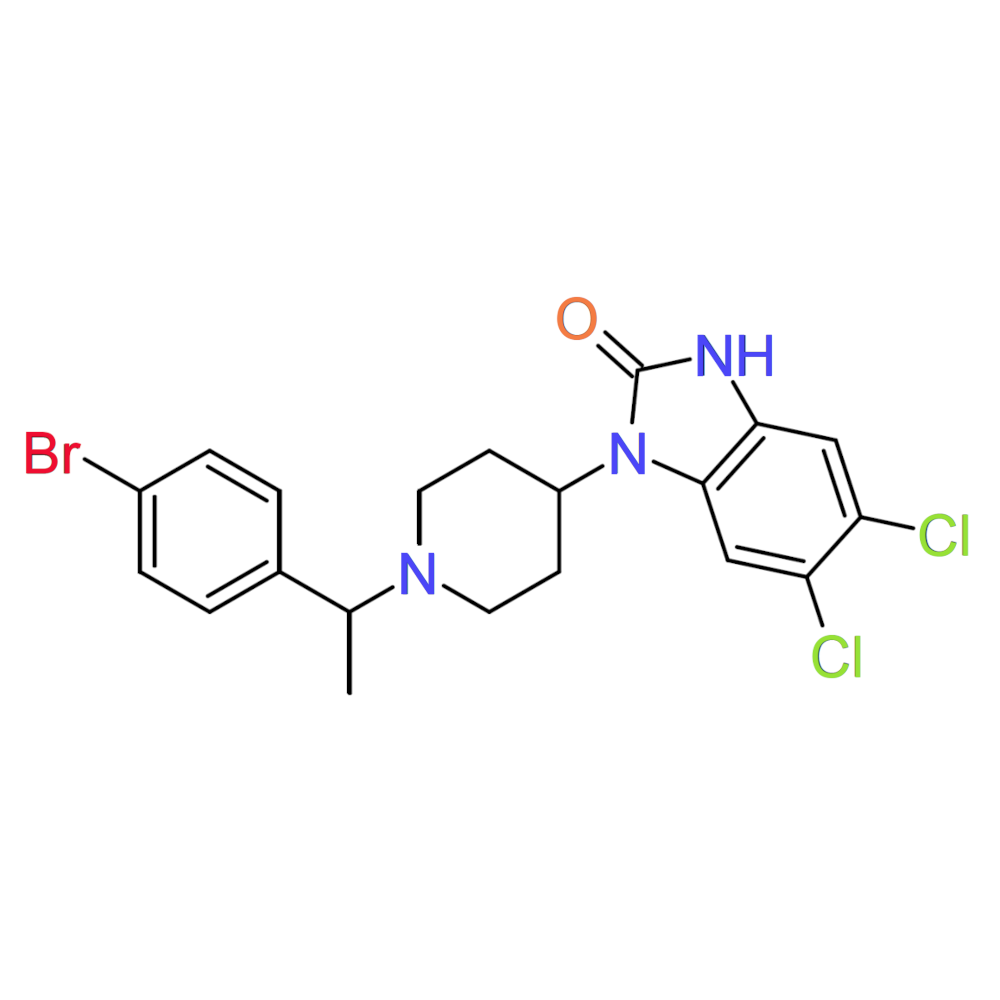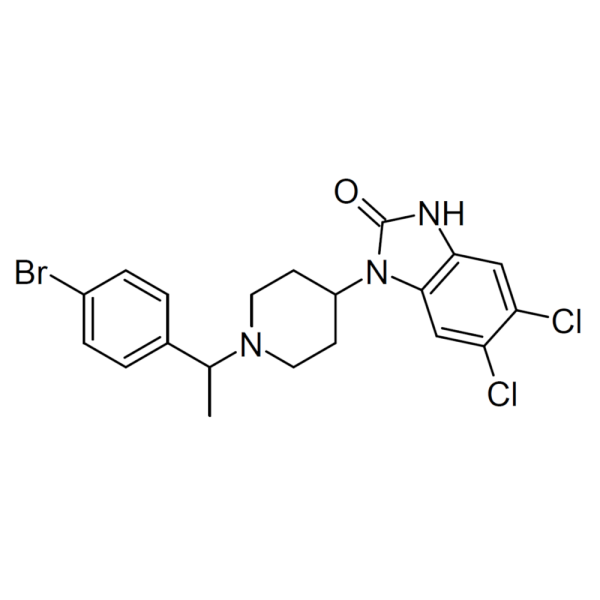Key points about iodine in forensics:
-
Function:
Iodine fuming is one of the oldest methods for developing latent fingerprints.
-
Mechanism:
Iodine vapors physically adsorb to the oils in fingerprints, creating a visible brown coloration.
-
Surface suitability:
Works well on porous surfaces like paper, cardboard, and unpainted wood.
-
Limitations:
- Temporary prints: Developed fingerprints with iodine quickly fade due to the volatile nature of iodine.
- Not for metal surfaces: Iodine can corrode metal surfaces, making it unsuitable for fingerprint development on metal objects.
- Requires quick action: Developed prints need to be photographed immediately after development.
- Temporary prints: Developed fingerprints with iodine quickly fade due to the volatile nature of iodine.










